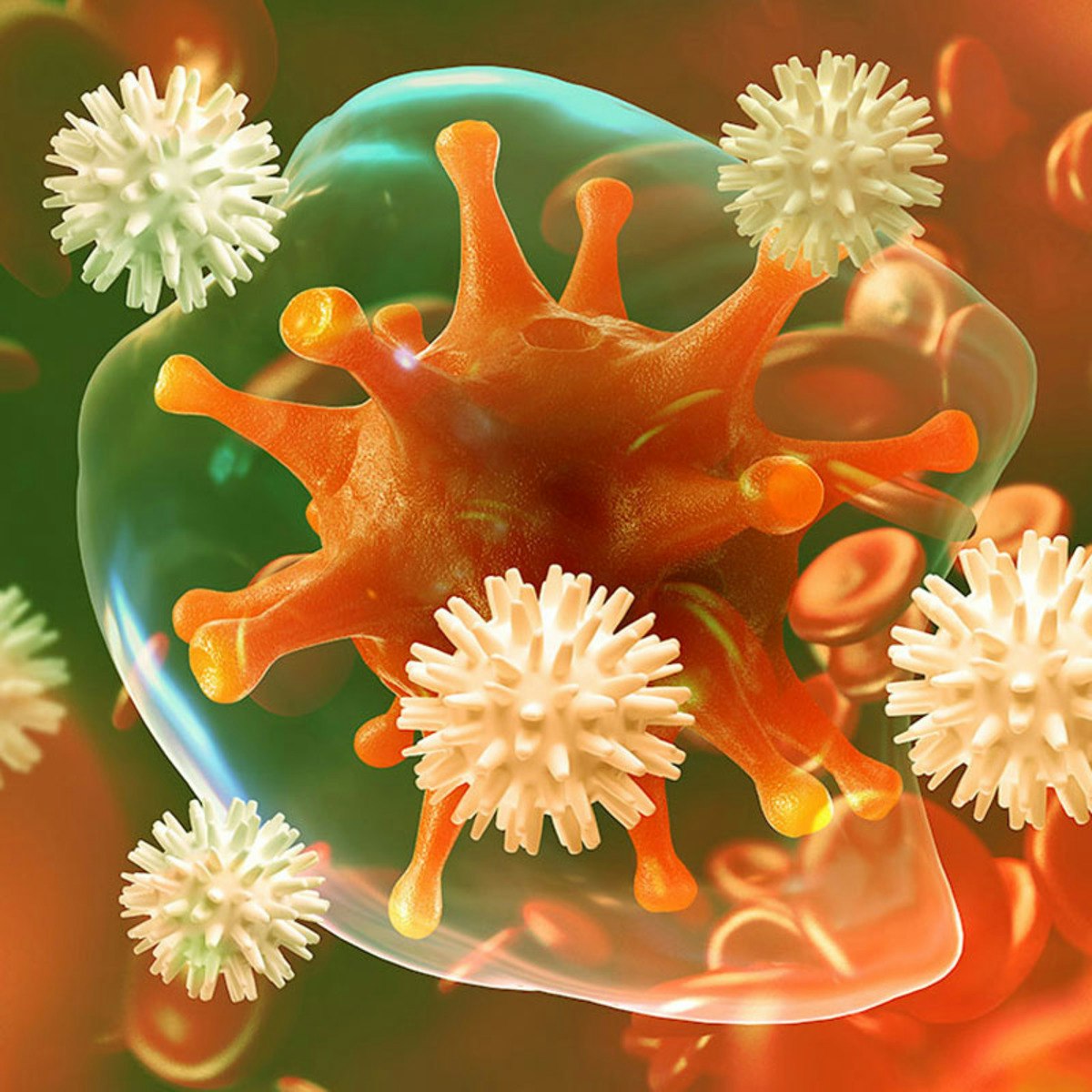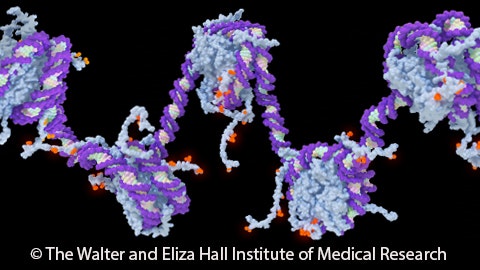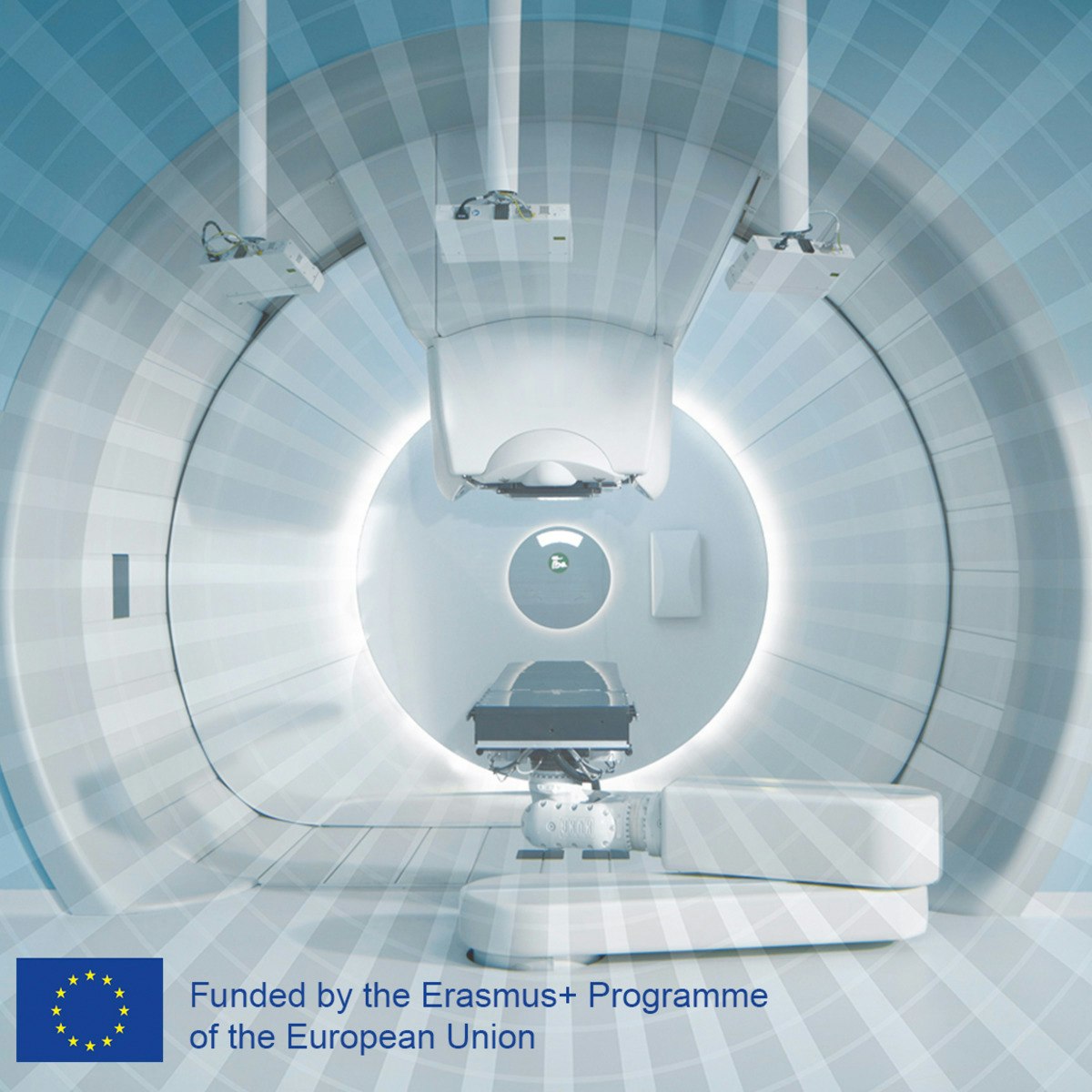Back to Courses









Life Sciences Courses - Page 51
Showing results 501-510 of 644

Introduction to Digital Health Entrepreneurship
This course will provide an overview of digital health entrepreneurship with an initial emphasis on learning the basic digital health terminology, exploring a current example of telemedicine and its growth during the COVID pandemic, and gaining an understanding of the landscape and macro forces that affect the US healthcare system and the evolution of digital health. Students who successfully complete the course will understand the impact that payers, regulators, clinicians, and patients have on and the implications for digital health innovations.

Fundamentals of Immunology: T Cells and Signaling
Course 2 of a three course specialization called Fundamentals of Immunology. Each course in the specialization presents material that builds on the previous course's material.
This is the second half of the journey through the defenses your body uses to keep you healthy. In the first part we learned about innate immunity and B cell function. The second part covers T cell function and coordination of the immune response.
Fundamentals of Immunology: T cells and Signaling builds on the first course to describe the functions of Complement, MHC presentation to T cells, T cell development and signaling. The early lectures survey cells, tissues and organs using metaphors, cartoons and models to improve understanding and retention. This course includes the structure of both MHC proteins and T cell receptors and the sources of variation. The course provides animations of gene rearrangement, developmental processes and signal cascades. Testing employs multiple choice questions testing facts, concepts, and application of principles. Questions may refer to diagrams, drawing and photographs used in lecture and reproduced in the outline.
What You’ll Learn:
How complement uses adaptive and innate triggers to target pathogens. The detailed structure and coding of MHC proteins and both alpha-beta and gamma delta receptors and how these proteins interact to initiate an adaptive immune response. The basics of signaling, and the varieties of external receipt and internal activation pathways. We bine the process of putting together how signals and crosstalk control the activity of the immune system.
COVID-19 Contact Tracing
The COVID-19 crisis has created an unprecedented need for contact tracing across the country, requiring thousands of people to learn key skills quickly. The job qualifications for contact tracing positions differ throughout the country and the world, with some new positions open to individuals with a high school diploma or equivalent.
In this introductory course, students will learn about the science of SARS-CoV-2 , including the infectious period, the clinical presentation of COVID-19, and the evidence for how SARS-CoV-2 is transmitted from person-to-person and why contact tracing can be such an effective public health intervention. Students will learn about how contact tracing is done, including how to build rapport with cases, identify their contacts, and support both cases and their contacts to stop transmission in their communities. The course will also cover several important ethical considerations around contact tracing, isolation, and quarantine. Finally, the course will identify some of the most common barriers to contact tracing efforts -- along with strategies to overcome them.

Preventative Healthcare for the Newborn Baby
In this course, you will learn some medical interventions and skills to keep newborns healthy in the days and weeks after they have been born. We’ll tell you about medicines like Vitamin K and erythromycin and how they can prevent serious illnesses. We’ll also introduce screening tests like hearing screening and newborn blood screening that help to make sure that babies are set up for success right from the start. But we will start off by talking about jaundice, looking at the simple ways to identify and treat this common presentation and prevent any harm to babies.
A newborn baby is an amazing beautiful life filled with hope. There is so much that goes into making sure that babies are born healthy, and so much more to think about after they are born. Whether you are in the health care field, or even a parent, this course is the perfect educational opportunity for you to keep newborn babies healthy in the days and weeks after they are born!

The Arts and Science of Relationships: Understanding Human Needs
This course provides an introduction to:
1. Basic concepts of The Strategies and Skills Learning and Development System (SSLD), their relevance for every day relationships and provide advanced concepts for participants who work in fields of social work and health care .
2. Basic practice principles and methods of SSLD, illustrated by relationship management case studies.
3. The SSLD framework for relationship management assessment; N3C (needs, circumstances, characteristics, capacity) and problem translation.
4. Core competencies in the relationship management application of the SSLD system: Observation learning, simulation, real life implementation, review and monitoring.

Genome Sequencing (Bioinformatics II)
You may have heard a lot about genome sequencing and its potential to usher in an era of personalized medicine, but what does it mean to sequence a genome?
Biologists still cannot read the nucleotides of an entire genome as you would read a book from beginning to end. However, they can read short pieces of DNA. In this course, we will see how graph theory can be used to assemble genomes from these short pieces. We will further learn about brute force algorithms and apply them to sequencing mini-proteins called antibiotics.
In the first half of the course, we will see that biologists cannot read the 3 billion nucleotides of a human genome as you would read a book from beginning to end. However, they can read shorter fragments of DNA. In this course, we will see how graph theory can be used to assemble genomes from these short pieces in what amounts to the largest jigsaw puzzle ever put together.
In the second half of the course, we will discuss antibiotics, a topic of great relevance as antimicrobial-resistant bacteria like MRSA are on the rise. You know antibiotics as drugs, but on the molecular level they are short mini-proteins that have been engineered by bacteria to kill their enemies. Determining the sequence of amino acids making up one of these antibiotics is an important research problem, and one that is similar to that of sequencing a genome by assembling tiny fragments of DNA. We will see how brute force algorithms that try every possible solution are able to identify naturally occurring antibiotics so that they can be synthesized in a lab.
Finally, you will learn how to apply popular bioinformatics software tools to sequence the genome of a deadly Staphylococcus bacterium that has acquired antibiotics resistance.

Global Quality Maternal and Newborn Care
This course is designed for administrators, advocates, policy makers, clinicians, and service users. It will give you the background, recommendations, and tools you need to address issues related to high quality maternal and newborn care in your own setting. In particular, you will learn about the evidence behind implementing the midwifery model of care as a means to advancing the health and wellbeing of mothers and babies globally. The modules in this course are structured around the Quality Maternal and Newborn Care Framework, first published in the landmark 2014 Lancet Series on Midwifery. You will learn from nearly 20 expert contributors as they discuss their research and personal experiences in low, middle, and high resource settings.

Epigenetic Control of Gene Expression
While the human genome sequence has transformed our understanding of human biology, it isn’t just the sequence of your DNA that matters, but also how you use it! How are some genes activated and others are silenced? How is this controlled? The answer is epigenetics.
Epigenetics has been a hot topic for research over the past decade as it has become clear that aberrant epigenetic control contributes to disease (particularly to cancer). Epigenetic alterations are heritable through cell division, and in some instances are able to behave similarly to mutations in terms of their stability. Importantly, unlike genetic mutations, epigenetic modifications are reversible and therefore have the potential to be manipulated therapeutically. It has also become clear in recent years that epigenetic modifications are sensitive to the environment (for example diet), which has sparked a large amount of public debate and research.
This course will give an introduction to the fundamentals of epigenetic control. We will examine epigenetic phenomena that are manifestations of epigenetic control in several organisms, with a focus on mammals. We will examine the interplay between epigenetic control and the environment and finally the role of aberrant epigenetic control in disease.
All necessary information will be covered in the lectures, and recommended and required readings will be provided. There are no additional required texts for this course. For those interested, additional information can be obtained in the following textbook.
Epigenetics. Allis, Jenuwein, Reinberg and Caparros. Cold Spring Harbour Laboratory Press. ISBN-13: 978-0879697242 | Edition: 1
The course will re-open in 2022.

Medical Applications of Particle Accelerators (NPAP MOOC)
Hello and welcome to this course!
The NPAP - Medical Applications of Accelerators is one out of three courses in the Nordic Particle Accelerator Program (NPAP). Here you will be taken on a tour focusing on the medical applications of particle accelerators. You will see that there are two very important, but different, applications of accelerators in hospitals. The first application concerns radiotherapy of tumours and the other concerns the production of medical nuclides for diagnosis and treatment. Both will be included in this course and described through four modules.
The first module offers the basic principles of radiotherapy from a medical and physics point of view. You there learn about the main components of the machines used for radiotherapy and get to know why radiotherapy is important for cancer treatments.
The second module guides you through the different types of linear accelerators used in the machines for radiotherapy. It also describes the design of the treatment head. The design is important because it is the settings of the treatment head that determines the dose and the radiated region. It is also in the treatment head where the dose given to the patient is measured.
In the third module you are introduced to proton therapy. In this type of therapy protons are first accelerated and then guided down to the tumour by magnets. The machines are considerably larger and more expensive than machines used for radio therapy. The module also offers a description and comparison between different types of accelerators, and explains how the protons interact with tissue.
Also ions that are heavier than protons can be used in cancer therapy. This is described in the fourth module, where we also introduce you to the production of medical nuclides. You learn how the nuclides are produces in proton and ion accelerators and how the nuclides come into play at different places in hospitals. Medical nuclides are for instance used in Positron Electron Tomography, PET.
Enjoy!
Data mining of Clinical Databases - CDSS 1
This course will introduce MIMIC-III, which is the largest publicly Electronic Health Record (EHR) database available to benchmark machine learning algorithms. In particular, you will learn about the design of this relational database, what tools are available to query, extract and visualise descriptive analytics.
The schema and International Classification of Diseases coding is important to understand how to map research questions to data and how to extract key clinical outcomes in order to develop clinically useful machine learning algorithms.
